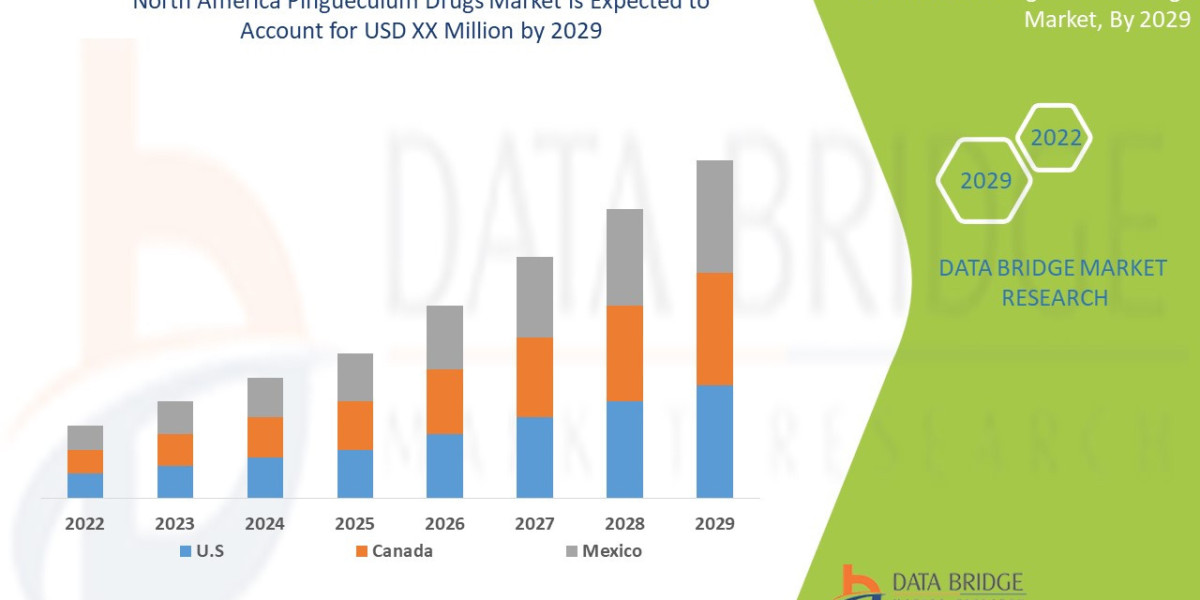A successful mobile app isn't just about a brilliant idea and a flawless launch; it's about sustained engagement and keeping users coming back. One of the most critical metrics for any mobile app, and a paramount concern for a Mobile App Development Agency, is the churn rate – the percentage of users who stop using an app over a given period. High churn can negate even the most aggressive user acquisition efforts, making retention a cornerstone of long-term growth.
Minimizing churn isn't a one-time fix but a continuous process that involves understanding user behavior, anticipating their needs, and consistently delivering value. It requires a holistic approach, integrating user experience, technical performance, and communication strategies. By focusing on these aspects, app creators and development agencies can build lasting relationships with their user base, turning casual users into loyal advocates.
Here are 6 key strategies to effectively minimize mobile app churn rate:
1. Optimize and Personalize the Onboarding Experience
The first impression is often the last. A clunky, confusing, or irrelevant onboarding process is a primary driver of early churn.
- Strategy Explained: Onboarding isn't just a tutorial; it's the critical first interaction where users decide if your app delivers on its promise. A truly optimized onboarding experience is short, intuitive, and immediately highlights the app's core value proposition, leading users to their "Aha! moment" as quickly as possible. Personalization elevates this by tailoring the initial journey based on user demographics, stated preferences, or even how they found the app. This could involve dynamically adjusting welcome screens, suggesting relevant content, or presenting features most likely to appeal to their specific needs.
- Why it Minimizes Churn: When users quickly grasp the app's benefits and feel that the experience is tailored for them, they are more likely to invest their time and continue exploring. Conversely, a prolonged or generic onboarding can lead to frustration and quick abandonment, as users don't immediately see the value or how to use the app effectively.
- Implementation by a Mobile App Development Agency:
- Reduce Friction: Minimize signup steps, avoid excessive permission requests upfront, and provide clear, concise instructions.
- Show, Don't Just Tell: Use interactive walkthroughs or short videos instead of lengthy text explanations.
- Personalized Paths: Implement logic to present different onboarding flows or feature highlights based on user profiles or declared interests.
- Progressive Onboarding: Introduce complex features gradually as the user engages more, rather than overwhelming them at the start.
- A/B Test Onboarding Flows: Continuously test different onboarding variations to identify what resonates best with new users.
2. Implement Proactive and Contextual Communication
Effective communication is about reaching users with the right message, at the right time, and through the right channel, without being intrusive.
- Strategy Explained: This involves a multi-channel approach that includes personalized push notifications, in-app messages, and even email marketing. The key is context: notifications should be triggered by user behavior or specific events (e.g., an abandoned cart reminder, a usage milestone, a new feature relevant to their activity) rather than generic blasts. In-app messages are excellent for guiding users through new features or offering timely tips while they are actively using the app, avoiding disruption.
- Why it Minimizes Churn: Relevant, timely communication keeps the app top-of-mind and reminds users of its value. It helps re-engage passive users, encourages feature adoption, and can even pre-emptively address potential frustrations. Irrelevant or excessive notifications, however, can quickly lead to users disabling notifications or uninstalling the app entirely.
- Implementation by a Mobile App Development Agency:
- Behavioral Triggers: Set up automated communication flows based on user actions (e.g., inactivity for X days, completion of a core task, Browse a specific product category).
- Segmentation: Divide your user base into meaningful segments (e.g., new users, power users, at-risk users) and tailor messages to each group's specific needs and engagement level.
- Personalization: Address users by name and reference their past interactions or preferences to make messages feel more personal and less generic.
- Deep Linking: Ensure all external communications (push, email) deep link directly to the relevant section within the app, providing a seamless user experience.
- Frequency Capping: Implement smart logic to prevent users from being bombarded with too many messages.
3. Continuously Enhance User Experience (UX) and Performance
A smooth, intuitive, and fast app experience is fundamental to retention.
- Strategy Explained: This principle encompasses everything from intuitive navigation and visually appealing UI to lightning-fast loading times, minimal crashes, and seamless responsiveness. It requires ongoing monitoring of app performance metrics (crash rates, load times, responsiveness), gathering user feedback on usability, and consistently delivering updates that address pain points and introduce improvements. It also means ensuring the app is compatible with the latest OS versions and device models.
- Why it Minimizes Churn: Frustration stemming from bugs, slow performance, or a confusing interface is a major churn driver. Users expect a flawless experience. An app that consistently delivers a smooth, enjoyable, and reliable performance fosters a sense of trust and reliability, encouraging long-term use.
- Implementation by a Mobile App Development Agency:
- Robust QA & Testing: Implement rigorous quality assurance processes, including automated testing, manual testing across various devices, and beta testing with real users.
- Performance Monitoring: Utilize analytics tools to track app performance metrics (e.g., crash-free sessions, load times, API response times) and identify bottlenecks.
- Regular Updates: Release updates frequently to fix bugs, improve performance, and introduce minor enhancements, showing users the app is actively maintained.
- User Research: Conduct usability testing, A/B testing on new features, and gather direct user feedback to identify areas for UX improvement.
- Adopt Latest OS/Device Features: Keep the app updated to leverage new OS capabilities and ensure optimal performance on the latest hardware.
4. Provide Exceptional In-App Value and Gamification
Users will only stick around if the app consistently provides value and keeps them engaged.
- Strategy Explained: Beyond the core functionality, apps need to offer compelling reasons for users to return. This can involve new features, exclusive content, personalized recommendations, or community aspects. Gamification, which incorporates game-like elements (points, badges, leaderboards, streaks, virtual rewards) into non-game contexts, can significantly boost engagement and loyalty by tapping into users' natural desire for achievement and recognition.
- Why it Minimizes Churn: When an app becomes integral to a user's routine or offers unique, compelling reasons to engage, they are less likely to seek alternatives. Gamification creates sticky habits and a sense of progress or achievement, making the experience more rewarding and enjoyable.
- Implementation by a Mobile App Development Agency:
- Feature Roadmap: Plan and roll out new features and content that directly address user needs and feedback, keeping the app fresh.
- Personalized Content/Recommendations: Use data analytics to recommend content, products, or features highly relevant to each user.
- Strategic Gamification: Design gamified elements that align with the app's core purpose and encourage desired behaviors (e.g., completing profiles, daily logins, reaching milestones).
- Loyalty Programs: Reward frequent or high-value users with exclusive access, discounts, or special recognition.
- Community Building: Incorporate social features, forums, or user-generated content to foster a sense of belonging and interaction among users.
5. Leverage Data Analytics and User Feedback for Insights
Understanding why users churn is the first step to preventing it. Data provides the quantitative insights, and feedback provides the qualitative.
- Strategy Explained: This involves meticulously tracking user behavior within the app using analytics tools (e.g., identifying drop-off points in user flows, feature usage patterns, session lengths, uninstalls). It also means actively soliciting and analyzing user feedback through in-app surveys, app store reviews, customer support interactions, and direct interviews. The insights gained from both quantitative data and qualitative feedback are then used to identify pain points, understand user motivations for leaving, and inform product improvements.
- Why it Minimizes Churn: Without understanding the root causes of churn, any retention efforts are essentially guesswork. Data analytics helps pinpoint where users are leaving and what they are doing (or not doing) before they leave. User feedback explains why they are leaving. Combining these two provides actionable insights to address underlying issues effectively.
- Implementation by a Mobile App Development Agency:
- Cohort Analysis: Analyze churn patterns by grouping users who started using the app around the same time. This helps identify trends related to specific app versions, marketing campaigns, or onboarding changes.
- Funnel Analysis: Map out critical user journeys (e.g., signup, first purchase) and identify where users drop off.
- In-App Surveys & NPS: Implement short, contextual surveys (e.g., Net Promoter Score, Customer Satisfaction Score) at key points in the user journey or when inactivity is detected.
- App Store Review Monitoring: Actively monitor and respond to app store reviews, using common complaints as indicators of broader issues.
- Exit Surveys: For users who indicate they are leaving or uninstalling, provide an optional, brief survey to understand their reasons.
- Dedicated Analytics/Insights Role: Ensure someone is responsible for regularly analyzing data and translating it into actionable recommendations.
6. Provide Responsive and Accessible Customer Support
When users encounter issues, efficient and empathetic support can be the difference between retention and churn.
- Strategy Explained: This principle emphasizes making it easy for users to get help when they need it. This includes offering multiple support channels (in-app chat, email, FAQs, help articles), ensuring timely responses, and providing knowledgeable and empathetic support agents. Proactive customer service, where potential issues are identified and addressed before the user even has to ask for help, is even better.
- Why it Minimizes Churn: Unresolved issues or frustrating support experiences can quickly lead to user abandonment, even if the app's core functionality is strong. Excellent customer support turns a negative experience into a positive one, reinforcing trust and showing users that their experience is valued.
- Implementation by a Mobile App Development Agency:
- Multi-Channel Support: Offer various ways for users to reach support, preferably within the app itself.
- Knowledge Base/FAQs: Create a comprehensive self-service knowledge base to empower users to find answers independently.
- Fast Response Times: Set clear service level agreements (SLAs) for response times and strive to resolve issues quickly.
- Personalized Support: Train support staff to access relevant user information (with consent) to provide tailored and efficient assistance.
- Feedback Loop: Ensure that insights from customer support interactions are regularly fed back to the product and development teams to inform future improvements and prevent recurring issues.
Conclusion
Minimizing mobile app churn rate is an ongoing, multifaceted endeavor that goes far beyond initial development. For a Mobile App Development Agency, embracing these six strategies – optimizing onboarding, leveraging contextual communication, prioritizing UX and performance, delivering continuous value, using data-driven insights, and providing stellar support – is essential. By meticulously planning and executing these churn reduction strategies, app creators can cultivate a loyal user base, drive sustainable growth, and ensure their mobile application remains a valuable and enduring asset in the competitive digital landscape.








